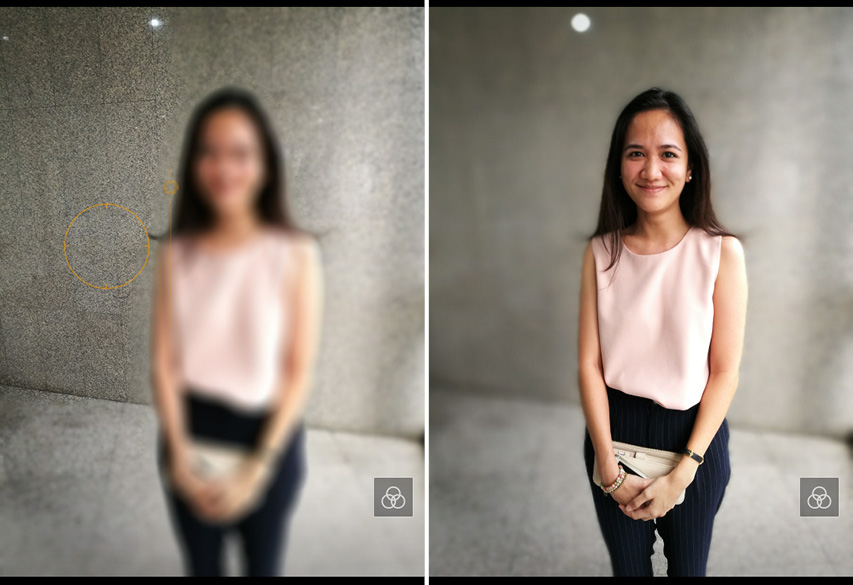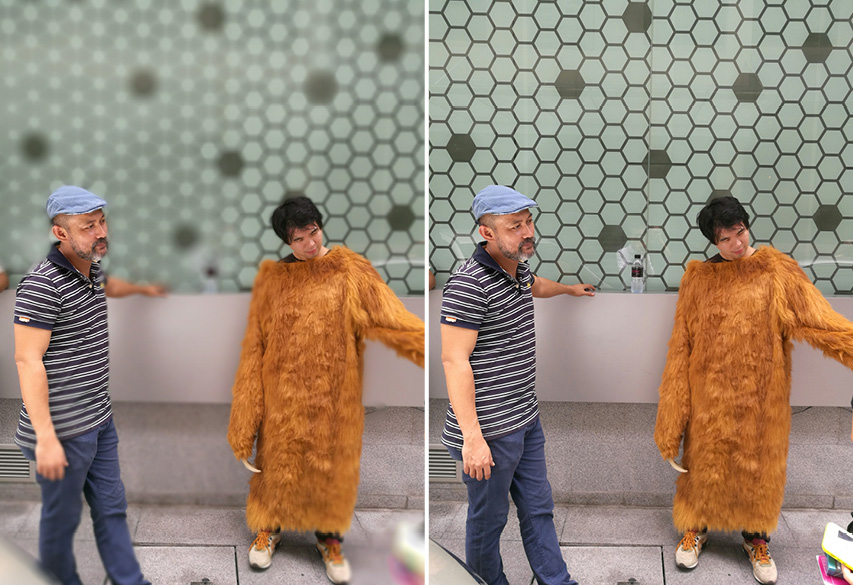We took these pictures with a phone and we can't believe how good they are
We test out the Huawei P9’s new dual lens system by Leica, which allows for stunning pictures with beautiful, blurred backgrounds.
The Huawei P9 is the new flagship smartphone from the Shenzen manufacturer. The design is suitably upscale: metallic body, chamfered edges and a 5.2-inch screen. And the Kirin octa-core CPU is no slouch. The star, though, is its two 12MP lenses, co-engineered with Leica, that allow for beautiful pictures with very pro-looking, out-of-focus backgrounds.

If you’re thinking of upgrading your current phone, compared to my 2014 iPhone 6 (which is a generation old), the fingerprint sensor is faster, the overall size about the same despite the bigger screen and the user interface is very similar. It seems Huawei isn’t just after DSLRs, but also Cupertino-addicts. Experts have bemoaned the bloatware and the screen’s lower points per inches compared to similarly priced flagships like the Samsung S7. But at 443 ppi, this screen is sharper than your eye can see, so these comparisons are getting a bit silly.
Our focus here is on the innovative dual lens system designed in partnership with Leica. Twin 12MP cameras shoot two pictures simultaneously, then software compares the two images to determine the respective distances of everything in the image. In short, it works much like your two eyes and brain do. With that information, the P9 is able to apply a selective amount of blur to different parts of the image, creating the illusion of “depth of field”—the fancy term for making stuff in the background blurry while your main subject is sharp.

It’s shallow depth of field that makes DSLR (digital single lens reflex) cameras shoot images that look so professional. Our eyes see with shallow depth of field, and DSLRs’ ability to shoot images with similarly blurry backgrounds just feels authentic and beautiful to us. (DSLRs do this naturally and through a single lens, though, not through some algorithm.) Yes, there are increasingly small cameras that pack full-size or large-size sensors along with fast lenses (F/2.8 or less), but nothing that fits in a phone, yet. The P9’s dual-lens workaround is therefore a welcome solution.

To take a picture, you just select the diaphragm blades icon to enable the depth of field effect, then tap on where you’d like to focus and shoot. The really cool thing is that since the P9 is creating the shallow depth of field through an algorithm, you can also change it after the image was taken: just tap on the part of the image you want to focus on and use the slidebar to set how shallow you want the depth of field.

The downside is that the algorithm doesn’t always work. Look at the shot below. When applying selective focus, half the background is very blurry, the other half much less so. Weird.

Low-light performance can also be disappointing. This was taken on the street at 6:50pm:

You’ll also want to be careful about your choice of angles. A wide angle shot of some guy three meters away isn’t going to really pop no matter how shallow your depth of field. Nor is a plate of flat food shot from above. Nor is a landscape. You need to frame your image with a distinct foreground (within two meters of the lens) and background to get this effect to pay off.

When used judiciously, the P9’s simulated depth of field can look really stunning, particularly when viewing pictures on a smartphone screen. Printed at A4 sizes, you’d start to see exactly how the P9 achieves the blurred background effect, with some slightly messy transitions where backgrounds and foregrounds meet. The conclusion therefore, is that DSLRs aren’t going anywhere for enthusiasts and pros.

DSLR killer or not, we think the P9 is a game changer. It’s knocked down one of the few remaining boundaries that separate phone photography from DSLR photography. For everyday shots that look incredibly professional when viewed on Facebook or Instagram, the P9 is currently one of the most exciting options out there. We highly recommend it.
Price: B16,990.